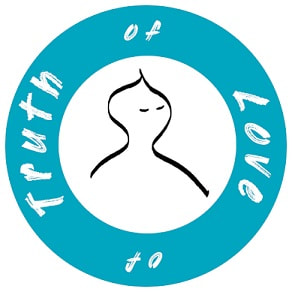|
There is a lot written these days about post traumatic stress disorder (PTSD).There has been some success in the therapy offered by professionals. I would say, however, that the field is overburdened with theory and that the Buddha's teachings can explain the whole thing more simply. This makes it possible for people with sufficient mindfulness to take themselves to a resolution of trauma and help others to do the same. Although the cases of severe trauma can provide the most graphic examples, we can also see how more minor suffering effects us essentially in the same way. When we experience a trauma we can react very strongly, completely and automatically. This will then be a conditioned reaction wired into our system, firing off in full or in part at times of stress depending on the extent to which the current situation resembles the past. We then have a fixed reaction to life or to certain triggers in life. We can overcome these reactions if we allow them to happen, reliving the trauma through memory and in the midst of this experience find a conscious response. This is the reconditioning process. In order to do this we can need to bring together the different aspects of the memory in body, feeling, perception and thought without losing our anchor in the present moment. The best responses are those that go in the opposite direction to the way we reacted to the trauma. So if at the time of the trauma we froze, then we could break this by movement and speech. The fullest response is that which includes bodily action, perception and thought. Slow, relaxed, controlled movement can be a very effective de-conditioner of reactions that tend to be tense, fast and uncontrolled – for example, an exercise like T'ai Chi (slow gentle shadow boxing) can be very good, especially if any violence or violent thought were part of a trauma. People who just keep going after trauma work through many of their reactions like this. It is only when the big triggers come that they react again. This same pattern would be true of desire that leads us to act automatically. The way out of addiction is to go directly against temptation, to seek happiness somewhere else. A therapist or spiritual friend can help another person to keep and extend their mindfulness by pointing out aspects of their experience in the present, by drawing their attention to bodily reactions, for example. We should also note that if a person has strong values in a particular area that for someone else to violate these may induce a trauma much greater than for someone who does not hold such values. We can bring our values to mind and investigate our feelings around them to get in touch with these kind of traumas. Comments are closed.
|
Categories
All
|
Open The Sky - Reflective and creative work by Ajahn Kalyano

